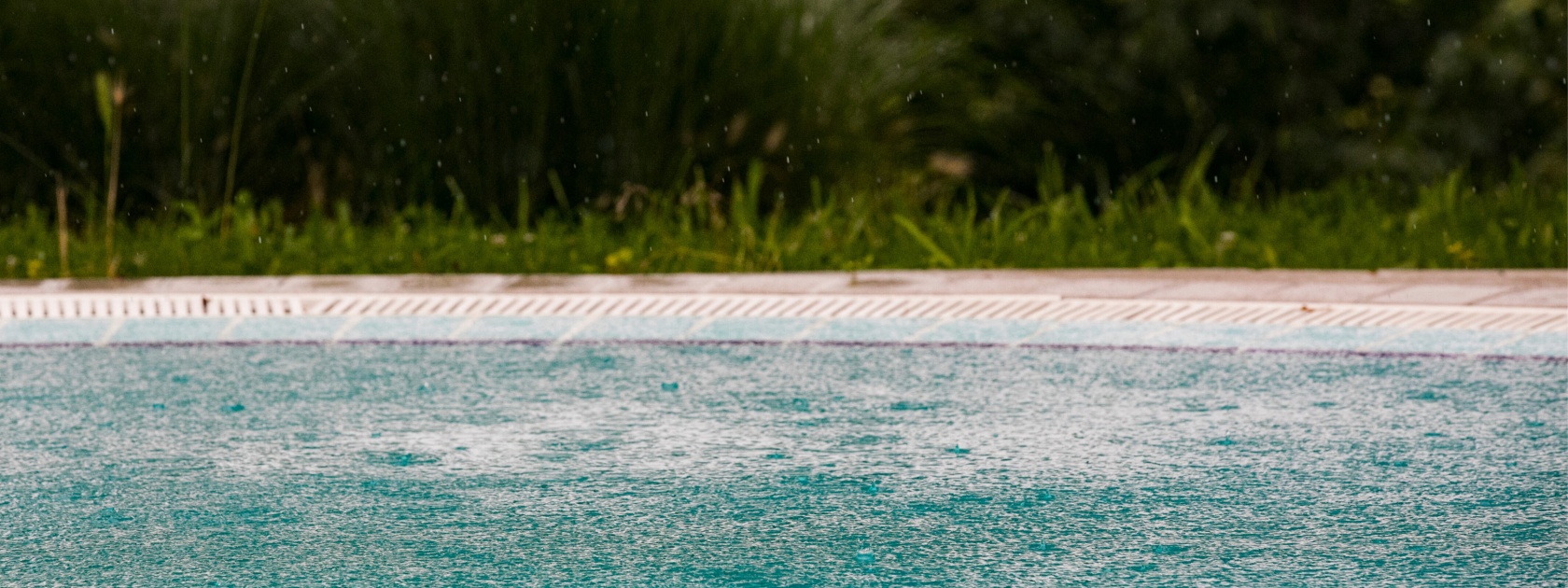

- Home >
- Caring for your Pool & Spa >
- Maintenance Schedules > Winter
Pool Maintenance Tips For Winter
Save money by completing a winter maintenance program
More pool owners than ever are choosing to extend their swimming season, thanks to advances in pool covers and more affordable solar and gas heating options. But for many Australians, the swimming season still winds down as the temperatures drop. Once winter sets in, pools are often covered and left untouched until the warmer weather returns.
The good news? With a little care during the cooler months, you can avoid costly repairs and chemical blowouts - and enjoy a pool that’s swim-ready on the first warm day of summer.
It’s a common myth that ignoring your pool in winter saves time, water, and money. In fact, the opposite is true. Letting your pool sit idle for months can lead to algae outbreaks, staining, equipment damage, and even chlorinator failure. These issues can be expensive to fix and often require more water and chemicals than a basic winter care plan.
Maintaining your pool year-round not only protects your investment, it helps you use fewer chemicals and less energy in the long run. A consistent winter maintenance routine keeps your pool healthy, your water balanced, and your equipment running smoothly - which means less work when summer arrives.
Your winter pool care checklist
Test and Balance Your Pool Water
Start by testing and balancing your pool water to ensure it stays within the correct chemical ranges. Maintaining balanced water during winter prevents surface damage, protects equipment, and helps your pool stay clean and healthy until summer returns.
Clean the Pool Walls and Floor
Use a vacuum and brush to clean the walls and floor of your pool. Even if your pool is not being used, dirt and debris can still settle, leading to staining or algae growth. Regular brushing disrupts potential buildup and keeps your surfaces in good condition.
Clear Baskets and Pots
Make sure your skimmer basket and the hair and lint pot are free from debris. This allows proper water flow and reduces strain on your filtration system, helping it run more efficiently through the quieter months.
Backwash and Clean the Filter
Backwash your filter thoroughly, then clean it using a recognised filter cleaner and degreaser. This keeps the system running smoothly and prevents blockages. If you notice a weak flow of water after this step, get in touch with your local SPASA pool shop for support.
Lubricate O-Rings
Apply a silicone-based lubricant to all O-rings. This helps prevent drying, cracking, and shrinkage during winter and makes reassembly easier when you restart your system in warmer weather.
Add a Winter Shock Treatment
Shock the pool with a winter-specific treatment to eliminate contaminants and organic matter. This deep clean gives your water a fresh start and helps maintain clarity during the colder season.
Use an Algaecide
Add an algae inhibitor to your pool to protect against algae blooms. Even with cooler temperatures, algae can still develop if conditions are right, especially in unattended pools.
Cover the Pool
Place a secure pool cover over your pool to keep out leaves, dirt, and debris. This reduces the load on your filter, limits chemical loss, and helps maintain water quality while your pool is not in use.
Adjust Filtration Settings
Reduce your pool’s filtration to around four hours a day. If you have a saltwater pool, lower the chlorine output as temperatures drop. Do not switch off the pump entirely, as stagnant water can cause the bearings to seize and prevent essential filtration.
Run Pool Lights Weekly
Turn your pool lights on for at least 30 minutes each week. This prevents condensation from building up inside the light fittings and wiring, which can lead to corrosion and electrical faults.
Check Water Level and Filter Pressure
Monitor the pool’s water level, ensuring it stays halfway up the skimmer box opening. Also, check the pressure gauge on your filter regularly. If it signals high pressure, it’s time to backwash.
Ventilate Monthly if Using a Cover
If you have a pool cover, remove it once a month to allow the water to breathe. This helps release trapped chlorine gases and prevents strong odours or chemical imbalances from developing.
Once these steps are in place, your winter maintenance becomes easy. You’ll just need to check chlorine levels every two weeks and clear the skimmer basket when necessary. To make sure everything stays on track, a full water test once a month is a great way to keep your pool water properly balanced and your chemicals working efficiently.
Need a hand or have a question? Contact your local SPASA member for expert guidance tailored to your pool and location.
